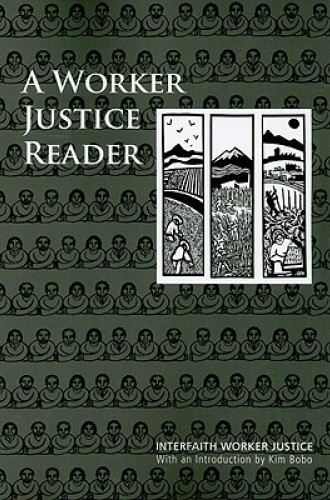A Review of A Worker Justice Reader
This very timely book appears when over 27 percent of the U.S. workforce is unemployed or underemployed and the workplace is becoming increasingly oppressive and pressurized for those workers who still have a job. And this is a time when union membership is at historically low levels—about 12.3 percent of the total workforce, with less union membership in the private sector.
Interfaith Worker Justice, a national worker advocacy group based in Chicago, gathered these 30 essays. The book provides a comprehensive and detailed look at the globalization-era workplace from the perspective of American workers and their struggles for justice.
The volume unabashedly affirms the role of unions in the struggle for worker justice, and it offers hope for the struggle ahead. After a significant hiatus of religious involvement in labor struggles after about 1960 (with the standout exception of the farm worker justice movement), religion-labor collaboration is now very much on the rise. A decade ago Interfaith Worker Justice began to partner with the AFL-CIO to develop the first Seminary Summer program. Similar college and seminary internship programs have since blossomed in Chicago, Los Angeles, Boston and elsewhere. Now more than 50 worker centers and worker justice projects are affiliated with IWJ—and many more are informally connected.





